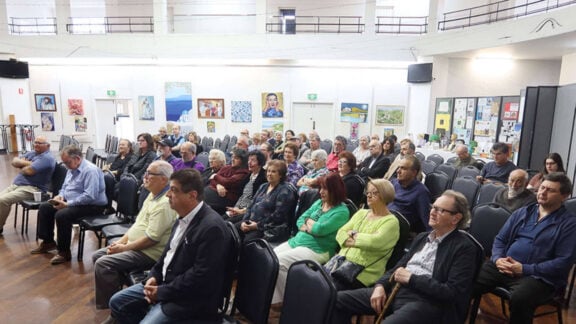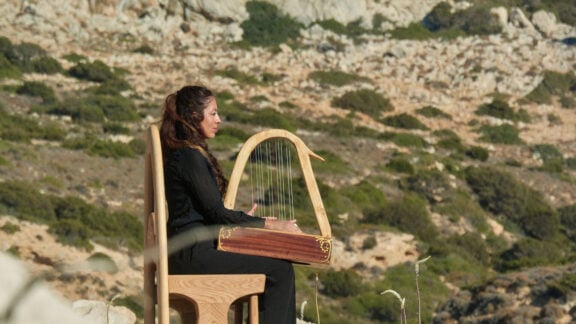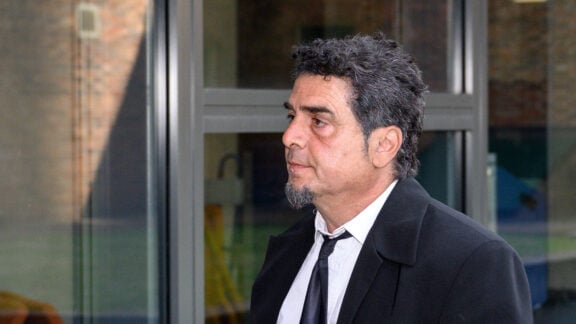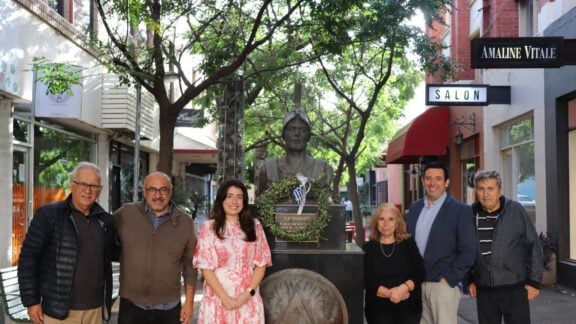The start of a new year is a good time to reflect on past goals but also set new goals for the upcoming year; this includes your current employment situation. The beginning of a new year is a great time to evaluate your current role and, in some cases, start a new job search.
However, getting the right cultural fit for both the employee and employer should be the basis of every job search, says Nick Deligiannis, managing director of Hays Recruitment Firm.
‘Cultural fit’ refers to a combination of the skills set needed to fulfil the job role but also a passion and the ability a person possesses to provide excellent customer service for the company.
“Any good employer will realise that getting the mix right between technical skills – so not neglecting that and industry experience and knowledge of a certain position – but in conjunction with that making sure they are closely assessing cultural fit,” says Mr Deligiannis.
He says “smart employers” will look at whether or not the person will fit into the values of an organisation; whether or not they are passionate about the values of that organisation; and how they will fit into the environment of the organisation. A combination of technical skills and personality is what employers are increasingly looking for. Deligiannis says assessing cultural values and cultural fit is just as important for an employee and employer as technical skills.
“The cost of employing the correct person is really important in an organisation. If you get it wrong, it’s costly, but if you get it right, it adds value.”
“If you are working for a company like Apple, that develops really innovative leading edge products, I think one of their values is innovation and creativity; so if you are someone who displays that and is passionate and creative, they’re going to want to employ people in their organisation that match those values.”
If you are faced with an interview opportunity, Deligiannis suggests you do your research well and tailor your interview answers to fit the company’s values and goals.
“Always research an organisation and then tailor what you bring to the table and what you can offer that organisation,” he says.
“Jump online, as there is great information there. Look at the company’s web site.
“Look at any news relating to that organisation. If you know someone who works there or has worked there, speak to them. Work out what the key elements of that organisation are, and how your skills and personality align with that organisation, and then you can project yourself in the most positive way in the interview.”
The need to embrace mobile technology, a focus on staff retention and the use of a contingent workforce are among the 2013 talent trends that will shape the recruitment landscape in Australia, according to Hays research.
“We expect that businesses will also have to rise to the challenge of sourcing candidates from overseas and becoming more diverse as we see candidates remain in the workforce for longer due to our aging population,” says Mr Deligiannis.
“Skills shortages are also expected to continue to be an issue in certain sectors, such as healthcare and IT.”
Employers in 2013 are expected to take a conservative approach to hiring following a year of redundancies and cost cutting. But overall, the Australian economy is expected to continue to grow by 3 per cent in 2013 – albeit more modestly than in 2012 – before picking up pace towards the end of the year.
Advertisement
New year, new job
2013 might be a great time to herald change, but are you the right cultural fit?Nick Deligiannis, managing director of Hays talks about how to get the perfect job








